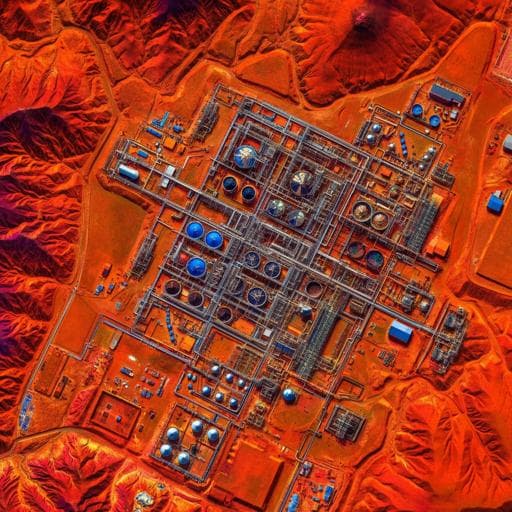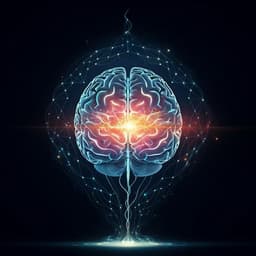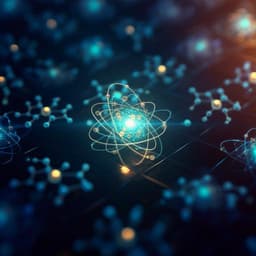
Environmental Studies and Forestry
Deep learning for detecting and characterizing oil and gas well pads in satellite imagery
N. Ramachandran, J. Irvin, et al.
This research, conducted by Neel Ramachandran, Jeremy Irvin, Mark Omara, Ritesh Gautam, Kelsey Meisenhelder, Erfan Rostami, Hao Sheng, Andrew Y. Ng, and Robert B. Jackson, presents a groundbreaking deep learning approach to mapping oil and gas infrastructure using high-resolution satellite imagery, revealing previously unmapped well pads and storage tanks in key basins.
~3 min • Beginner • English
Related Publications
Explore these studies to deepen your understanding of the subject.







